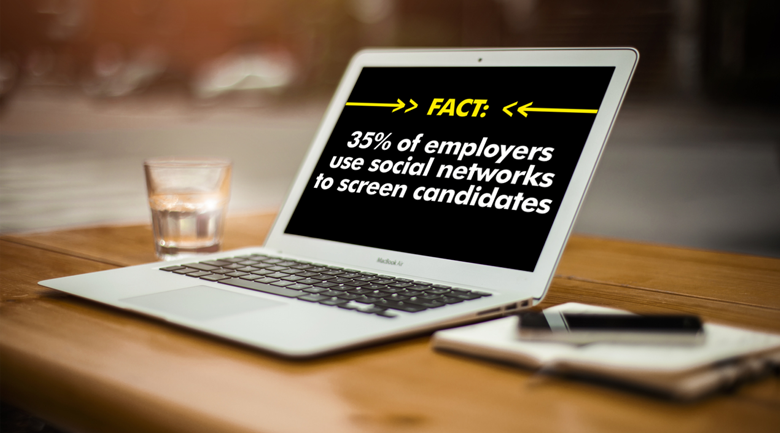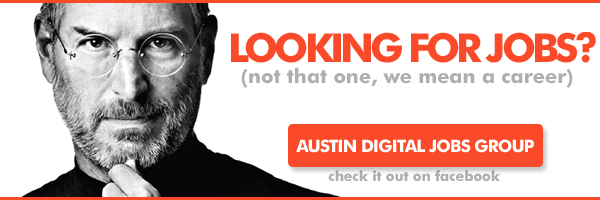
Recruiting is changing in this new era
It’s no secret that technology has changed how employers identify, find, and recruit new talent, but what exactly does this mean for the traditional cycle of hiring? Miranda Nash, President of Jobscience notes that the “advent of technological solutions has made the process faster, less expensive and more efficient for both parties. However, as with any evolution, it isn’t without some new obstacles that have developed as a result.”
Nash adds, “The good news is that making small adjustments to adapt to the new Digital Age of Recruiting is fairly easy for both candidates and recruiters.”
![]()
In her own words below, Nash outlines the five ways the digital age has impacted recruiting and how job seekers and employers must adjust to “evolve in stride”:
- Transparency – Social media is changing the dynamic between recruiters and job seekers. Over 35% of employers use social networks to screen candidates, reviewing applicants profiles to learn more about how they present themselves, their interests and whether they’d be a good fit for the company culture. Of those, roughly one-third report finding content that made them not hire the candidate, but an almost equal number say they’ve found something positive that prompted them to offer the job. At the same, time, candidates are also using social media to research prospective employers, following their corporate posts on sites like LinkedIn or Facebook or searching for hashtags and other keywords to see what other employees have to say about working there. The new transparency means that both sides must adapt, and work hard to put their best face forward at all times to make a good first impression.
- Interviewing – Video screening has changed the interviewing dynamic, tearing down geographic barriers to opportunities for both job seekers and recruiters. Using Skype or FaceTime to conduct interviews saves significant time and cost, and it allows job seekers to interview for positions without having to take time off from work, which could cause friction with their current employer.
- Recruiting as marketing — Just as many sources suggest that candidates should work on developing their “personal brand,” recruiters must also learn to think like marketers, treat candidates like consumers and maintain their corporate brand consistency even in the recruiting and hiring process. A whopping 60% of candidates say they have some pre-disposition toward a prospective employer, most as a customer. Of those, over half say their recruiting experience was positive as a result. On the flip side, 52% of candidates with no prior relationship reported a negative experience. Perception does matter.
- The value prop of staffing agencies has changed — Digital tools have leveled the playing field between in-house recruiters and staffing agencies. But, the skills shortage is giving agencies an opportunity to carve out a new niche. IT and engineering candidates are in high demand and sometimes harder to find, especially passive candidates who may not actively be looking. In-house teams can tap into these boutique-style firms that specialize in certain industries or fields to find these difficult hires.
- Small and big businesses now compete for the same talent — Technology has become the great equalizer, allowing SMBs and startups to access the same affordable tools that once gave enterprise recruiters the big-business advantage in recruiting top talent. Using technology like applicant tracking and recruiting software helps small businesses compete for the best talent, even in a tight market. As a result, even large enterprises have to step up their game to attract employees, who in many cases aren’t basing their decisions solely on the bigger salary. For many candidates, an environment in which they can grow and learn, and where they feel they have a purpose, trumps compensation. Technology now allows any size business to find those right-fit candidates no matter where they are.
“Rather than fearing or shying away from digital recruiting techniques, both candidates and prospective employees should embrace this new reality and these new tools to overcome geographic and budgetary obstacles to gain a competitive edge,” concludes Nash. “While it still comes down to both sides finding the right mutually beneficial match, the digital techniques and tactics now available can help accelerate and refine that process to arrive at the end goal faster and more effectively.”
Marti Trewe reports on business and technology news, chasing his passion for helping entrepreneurs and small businesses to stay well informed in the fast paced 140-character world. Marti rarely sleeps and thrives on reader news tips, especially about startups and big moves in leadership.













































